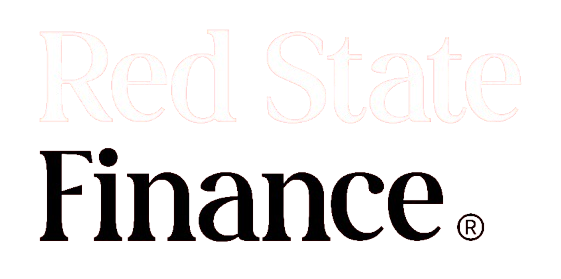The Biden administration recently unveiled the prices for the first-ever negotiated Medicare Part D prescription drugs, marking a significant milestone in U.S. healthcare policy. This announcement, made before markets opened on Thursday, has surprisingly had little immediate impact on stock prices in pre-market trading, despite the groundbreaking nature of the development.
According to U.S. Health Secretary Xavier Becerra, the year-long negotiation process is projected to save Medicare a substantial $6 billion in 2026. This figure is based on the net prices paid by Medicare for the selected drugs and is nearly double the Congressional Budget Office’s (CBO) initial estimate of $3.7 billion in savings for the first year. Over the next decade, these negotiations are expected to result in a total savings of $100 billion, underscoring the potential long-term financial impact of this initiative. Additionally, the new drug prices are expected to save seniors approximately $1.5 billion in out-of-pocket costs, offering much-needed financial relief to millions of Americans.
This initiative represents the first time in U.S. history that Medicare has been able to negotiate drug prices directly with pharmaceutical manufacturers. The significance of this development cannot be overstated, as it reflects a major shift in how drug pricing is managed in the country. Senior administration officials have emphasized that these newly negotiated prices will apply universally to all Medicare Part D plans in 2026, including Medicare Advantage plans, ensuring that all seniors will benefit from these cost reductions.
The authority to negotiate drug prices was granted as part of the Inflation Reduction Act (IRA) passed in 2022. Under this legislation, Medicare can target small molecule drugs, typically oral medications, nine years after they enter the market. For large molecule drugs, which are often administered via IV, the window is extended to 13 years. The Centers for Medicare and Medicaid Services (CMS) have indicated a particular focus on drugs that lack generic or biosimilar competition, which often remain costly for longer periods due to the absence of market pressure to lower prices.
The first list of drugs selected for negotiation includes a mix of widely used medications, with their manufacturers and the negotiated monthly prices as follows:
- Eliquis by Bristol Myers-Squibb and Pfizer: $231 per month
- Jardiance by Boehringer Ingelheim and Eli Lilly: $197 per month
- Xarelto by Johnson & Johnson: $197 per month
- Imbruvica by Johnson & Johnson and AbbVie: $9,319 per month
- Stelara by Johnson & Johnson: $4,695 per month
- Januvia by Merck: $113 per month
- Farxiga by AstraZeneca: $178 per month
- Entresto by Novartis: $295 per month
- Enbrel by Amgen: $2,355 per month
- Fiasp by Novo Nordisk: $119 per month
This initial list is just the beginning of what will become an ongoing process, with more drugs being selected for negotiation each year. Medicare is also set to expand its negotiating efforts to include Part B drugs, which are typically administered in hospital settings or doctor’s offices. This expansion is expected to further increase the financial impact of the initiative, benefiting both the government and Medicare beneficiaries.
Unsurprisingly, the pharmaceutical industry has pushed back against these negotiations, with the largest industry lobbying group, PhRMA, expressing concerns about the potential consequences. PhRMA has argued that the IRA did not adequately protect patients from unintended outcomes, such as fewer Part D plans to choose from and rising premiums. They also warn that insurers and pharmacy benefit managers (PBMs) may respond by covering fewer medicines and imposing stricter coverage restrictions.
To mitigate some of these concerns, the Biden administration has already allocated $5 billion to help stabilize the anticipated rise in premiums. However, industry experts warn that the true impact of these negotiations will become more apparent as the process continues and as more complex Part B drugs are included in future negotiations.
The legal battles surrounding this new authority are also noteworthy. More than a dozen lawsuits have been filed against the federal government, challenging the constitutionality of Medicare’s new negotiating powers. While several of these lawsuits have been dismissed, some are still being appealed. The outcome of these legal challenges could have significant implications for the future of drug pricing in the U.S.
As this process unfolds, the pharmaceutical industry is expected to face increasing scrutiny. While drug companies have pointed to trends showing lowered net prices in recent years, the focus on list prices—which are often never paid in full—remains a contentious issue. In 2022, drug price increases averaged 15.2% annually, but net prices actually dropped by 9%, marking the fifth consecutive year of such declines. Despite these trends, the ongoing negotiations and legal challenges suggest that the landscape of drug pricing in the U.S. is poised for significant change in the coming years.

Source: CENTERS FOR MEDICARE AND MEDICAID SERVICES





